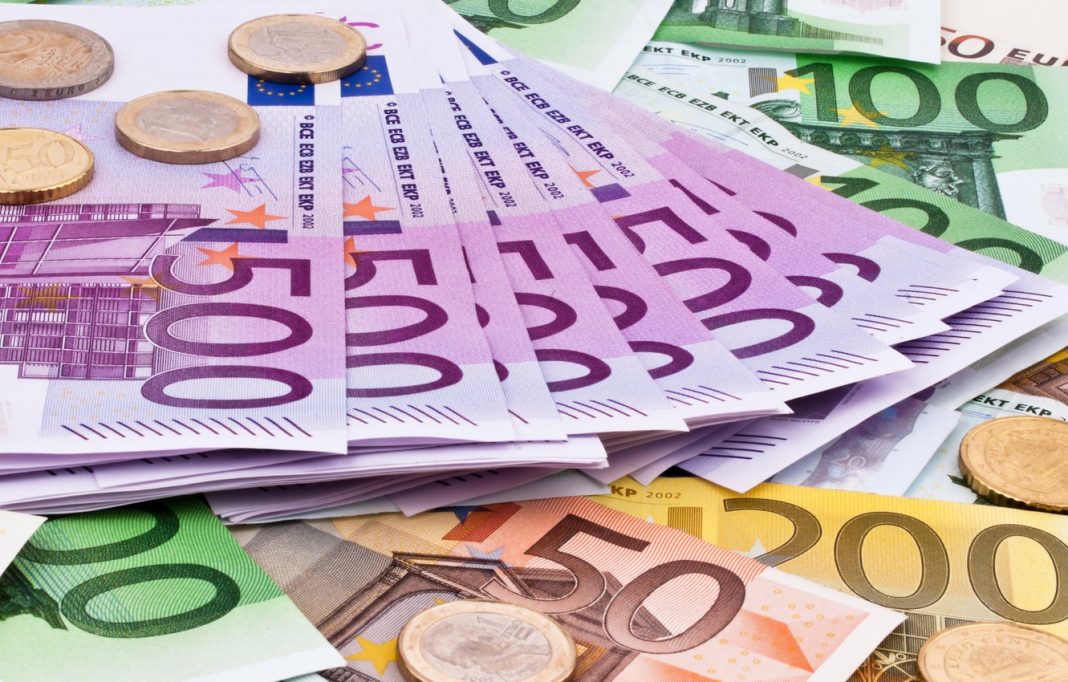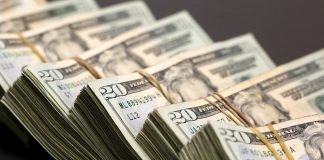The dollar keeps trading in a choppy fashion amid the rising perception that inflation might have peaked in April
The euro turned back positive on Monday as the dollar struggled to attract demand at the start of the week. The prevailing risk demand in the global financial markets caps the USD’s upside potential, thus pushing its counterparts higher.
EURUSD managed to hold above the 1.0700 figure during the latest sell-off and was last seen flirting with the 1.0750 zone, targeting the 1.0800 mark. However, it looks like the upside momentum for the common currency could be limited at this stage as traders stay cautious and could prefer a wait-and-see mode ahead of the US inflation report due on Friday.
The dollar itself keeps trading in a choppy fashion amid the rising perception that inflation might have peaked in April. Should the upcoming release confirm this assumption, the buck will weaken across the market as lower price growth suggests the Federal Reserve may not need to be as aggressive when it comes to raising interest rates this year.
In the immediate term, the dollar will likely remain offered amid the persistent appetite for riskier assets, which implies that the common currency could stay afloat for now. The euro has also been supported by a more hawkish tone from the ECB as the central bank continues to point at a rate hike as soon as in July while the bond-purchase programme should end at the start of the third quarter. As for the Fed, markets appear to have already priced in two 50 bps rate hikes at the central bank’s June and July meetings.
On the upside, the immediate resistance for EURUSD arrives at 1.0875, followed by the mentioned 1.0800 figure. Should USD demand reemerge, the pair may threaten the 1.0700 mark while the key short-term support arrives at 1.0615 where the 20-DMA lies.


























